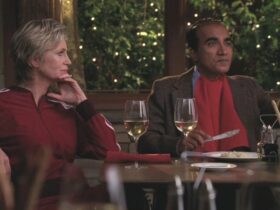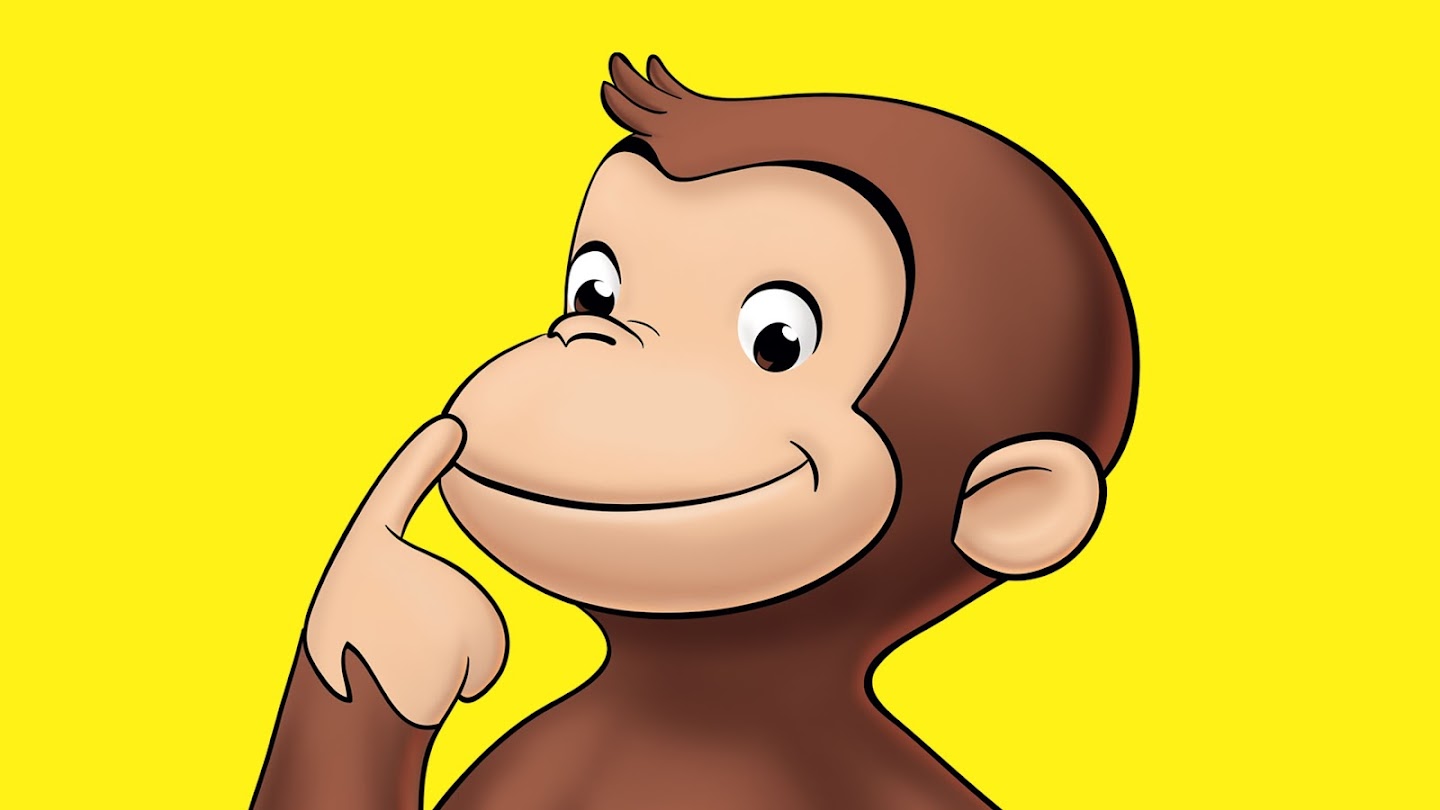Curious George, the beloved character from children’s literature, has captured the hearts of generations with his inquisitive nature and countless adventures. Created by H.A. Rey and Margret Rey, this mischievous little monkey has become a symbol of curiosity and joy for children around the world. However, a question that occasionally surfaces in discussions among fans and readers is: How did Curious George die? This question, while intriguing, is based on a misconception, as the character of Curious George, in the original series by the Reys, does not experience death. This article delves into the origins of this question, the legacy of Curious George, and why such a query holds significance in the realm of children’s literature.
The Origin of Curious George and His Enduring Legacy
Creation and Cultural Impact
Curious George first appeared in 1941 in the book “Curious George” by H.A. and Margret Rey. The Reys, both German Jews, fled Paris in 1940 just before the Nazi invasion, carrying the manuscript of what would become one of the most famous children’s books of all time. This context is essential to understand the character’s resilience and everlasting appeal. Curious George’s adventures, often involving him getting into trouble due to his inquisitive nature, resonate with the universal experiences of learning and exploration in childhood.
Influence on Children’s Literature
Curious George’s impact on children’s literature cannot be overstated. His stories have been translated into numerous languages, teaching generations of children about curiosity, problem-solving, and the joy of discovery. The character’s ability to engage young readers in a world of adventure and learning is a testament to the Reys’ innovative storytelling and character creation.
Addressing the Myth: The Misconception About George’s Demise
The Source of the Misconception
The question of how Curious George died stems more from internet rumors and speculative discussions rather than any event in the books. It appears to be a product of misinterpretation or perhaps a symbolic inquiry into the end of childhood innocence represented by George’s character. The original series by the Reys does not have an ending that involves George’s death. In fact, each story concludes with George safe and often learning something new.
Understanding the Character’s Immortality
In the realm of fictional characters, especially in children’s literature, characters like Curious George achieve a form of immortality. They live on in the minds and hearts of readers and through continuous engagement with new generations. George’s evergreen nature is emblematic of the timeless quality of good storytelling and the universal appeal of a character who embodies the spirit of curiosity and learning.
Curious George in Contemporary Culture
Adaptations and Continued Relevance
Curious George has seen numerous adaptations, including television series, movies, and a wide range of merchandise. These adaptations testify to his lasting relevance and the ability to adapt to changing cultural and media landscapes. The essence of George’s character – curiosity and a penchant for adventure – remains a powerful draw for children and parents alike.
The Educational Aspect of George’s Adventures
The adventures of Curious George are not just entertaining; they are also educational. Each story introduces concepts like problem-solving, the value of curiosity, and the consequences of actions in a manner that is accessible and engaging for children. This educational aspect is a significant part of why Curious George continues to be a beloved character in educational settings and homes.
The Evolving Nature of Curious George’s Adventures
Beyond Mischief: A Journey of Learning
Curious George’s escapades extend far beyond mere playful mischief. Each of his adventures is a journey of learning and discovery. The storylines often revolve around George’s natural curiosity leading him into trouble, but they always culminate in learning valuable lessons about problem-solving, empathy, and the consequences of one’s actions. This pattern not only entertains but also imparts essential life lessons to young readers, encouraging them to explore, ask questions, and learn from their experiences.
The Role of The Man with the Yellow Hat
A Symbol of Guidance and Safety
The Man with the Yellow Hat, as George’s guardian and friend, plays a crucial role in the stories. He represents a figure of guidance, safety, and understanding. His relationship with George mirrors the parent-child dynamic, emphasizing the importance of patience, nurturing, and teaching in a child’s life. This character also provides a comforting assurance to young readers that there is always someone to turn to when they find themselves in challenging situations.
Curious George’s Cultural Significance
Reflecting Societal Changes and Values
Curious George is more than just a storybook character; he is a cultural icon that reflects societal changes and values. Over the decades, the narratives have subtly evolved to mirror contemporary social norms and educational methods. This evolution signifies the adaptability of the character and his stories to remain relevant and meaningful in different eras, showcasing the dynamic nature of children’s literature.
The Artistic and Literary Merit of Curious George
A Blend of Simplicity and Complexity
The artistic style of the Curious George books – simplistic yet expressive illustrations – and the straightforward, engaging narratives hold significant literary and artistic merit. They demonstrate how stories for children can be both accessible and rich in content, offering layers of understanding for different age groups. This balance is a key factor in the books’ widespread appeal and longevity.
Curious George’s Impact on Early Childhood Education
A Tool for Learning and Development
Curious George has found a significant place in early childhood education. His stories are used as tools to teach various concepts, from basic counting and colors to more complex ideas of friendship, responsibility, and curiosity about the world. Educators often turn to these stories to create engaging learning experiences for young children, highlighting the educational value of the character and his adventures.
The Future of Curious George
Ensuring Continued Relevance and Engagement
Looking to the future, the ongoing relevance of Curious George hinges on the ability of the character and his stories to adapt to changing societal norms and technological advancements. The incorporation of contemporary themes, digital adaptations, and new media forms will play a crucial role in keeping Curious George a relatable and beloved figure for future generations. This forward-looking approach is essential for the character to maintain his status as an icon in children’s literature and popular culture.
In summary, Curious George’s impact extends far beyond the pages of his books. He is a multifaceted character that has evolved with time, reflecting societal changes, advancing educational approaches, and maintaining a timeless appeal. His stories are a rich tapestry of adventure, learning, and growth, making him an enduring figure in the hearts of children and adults alike.
Conclusion: The Timeless Nature of Curious George
In conclusion, the question “How did Curious George die?” is a myth based on internet speculation rather than fact. Curious George, as conceived by the Reys, is a character who lives on through his stories and the joy he brings to readers. His adventures, mischievous antics, and learning experiences continue to resonate with each new generation, ensuring his place as a timeless character in the world of children’s literature. The legacy of Curious George is a testament to the enduring power of storytelling and the universal appeal of a character who embodies the essence of curiosity and the joy of discovery.
































